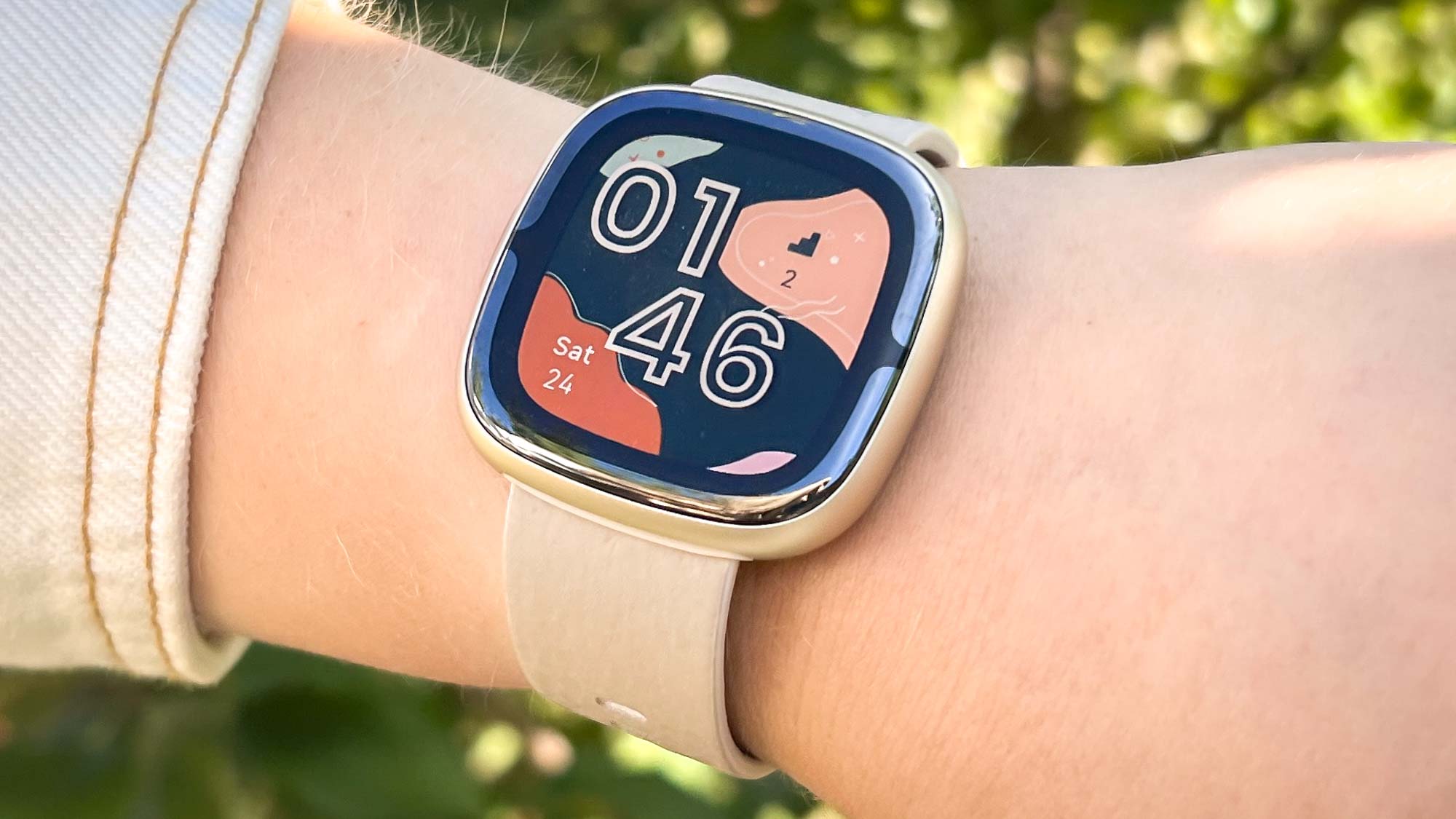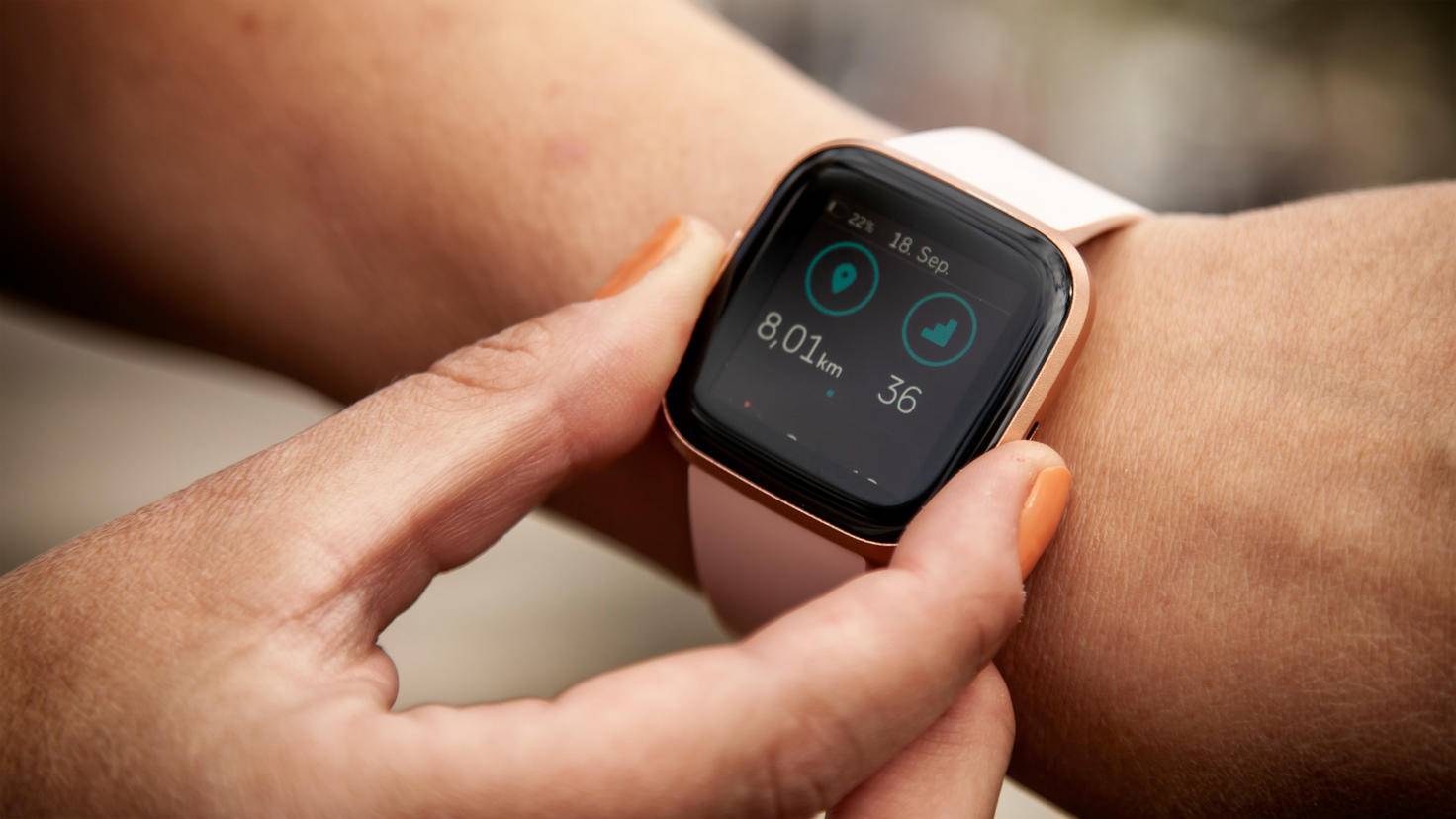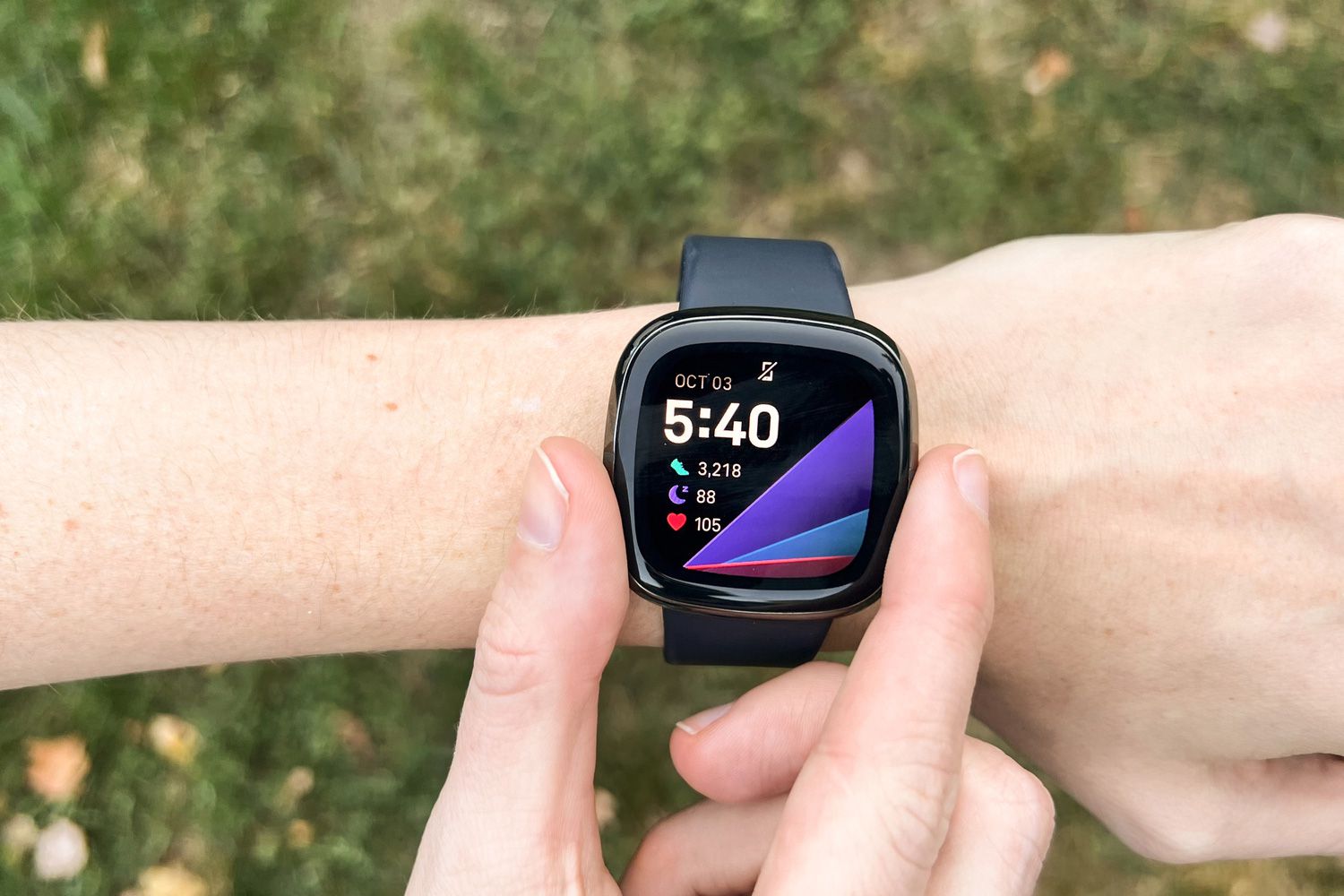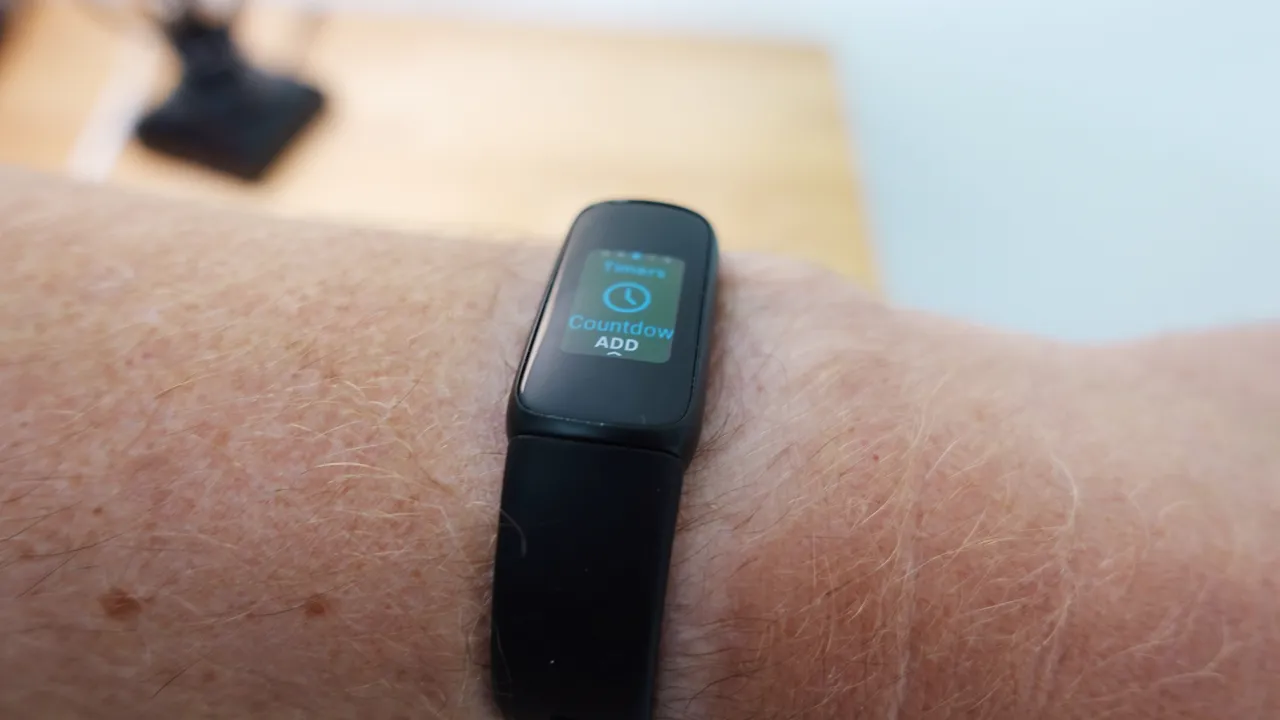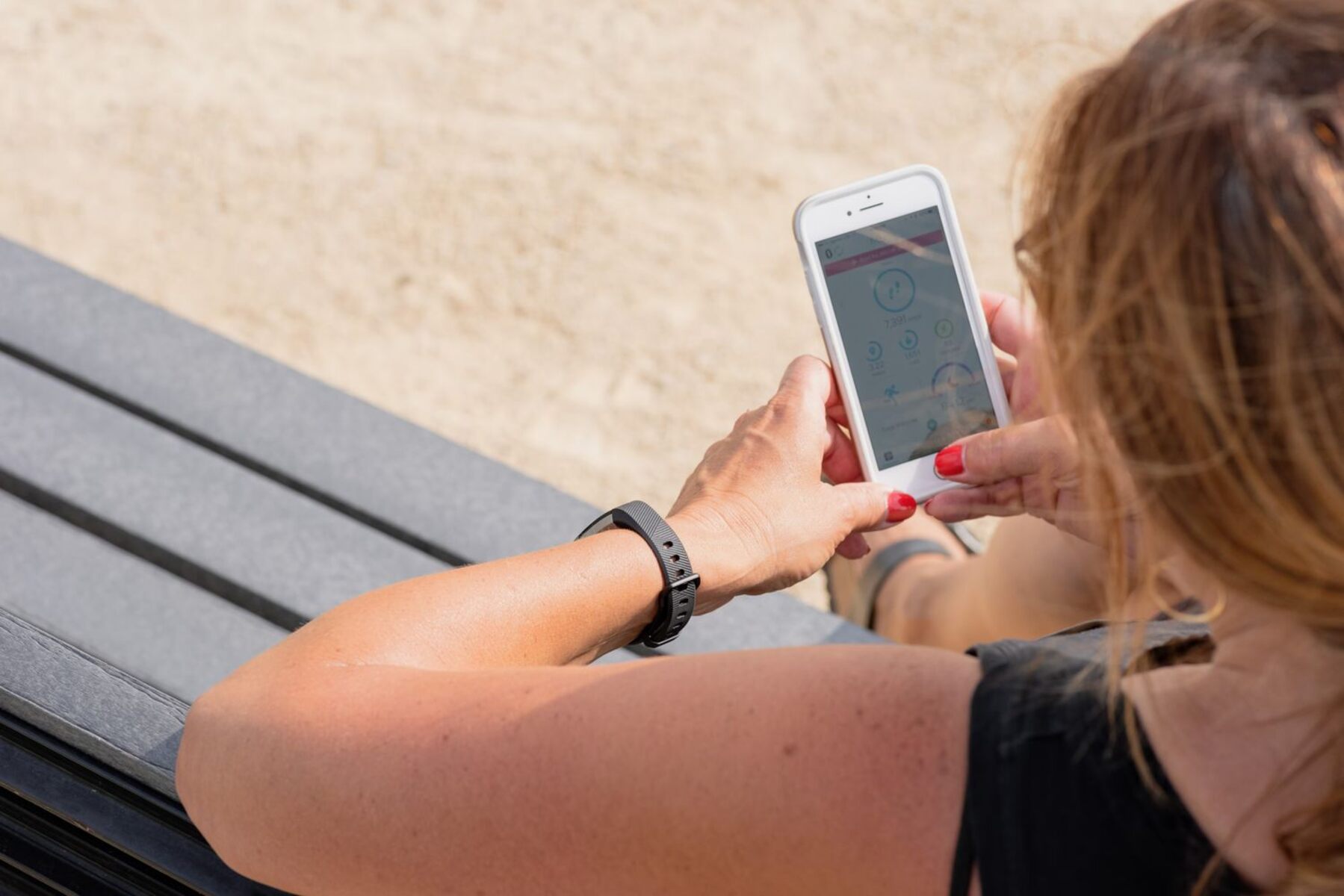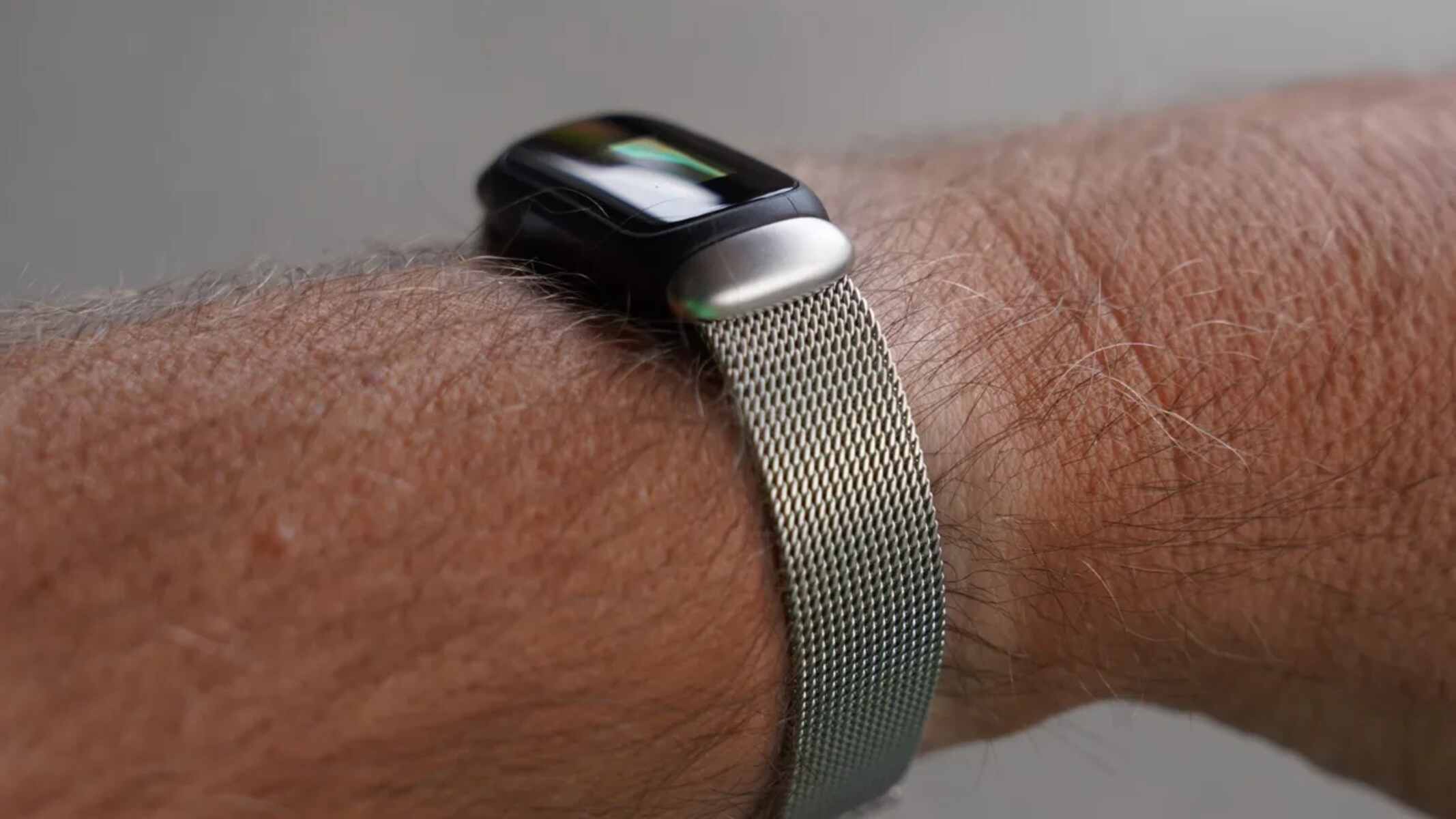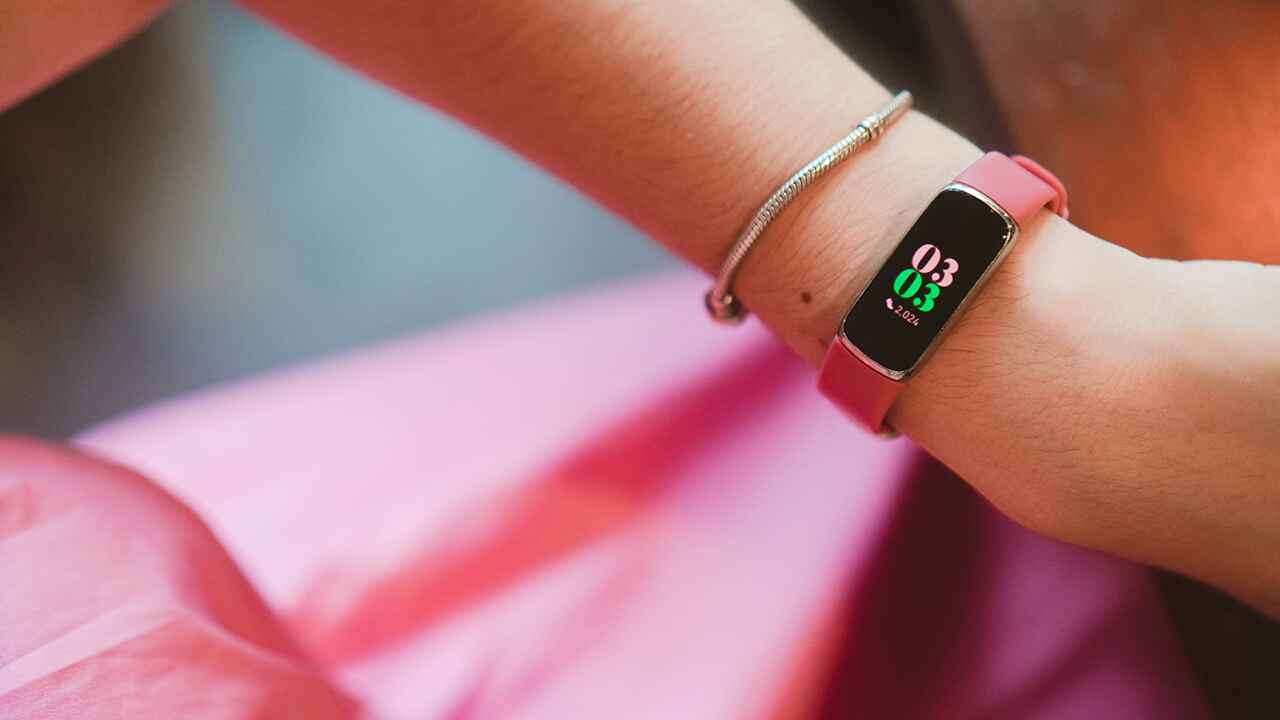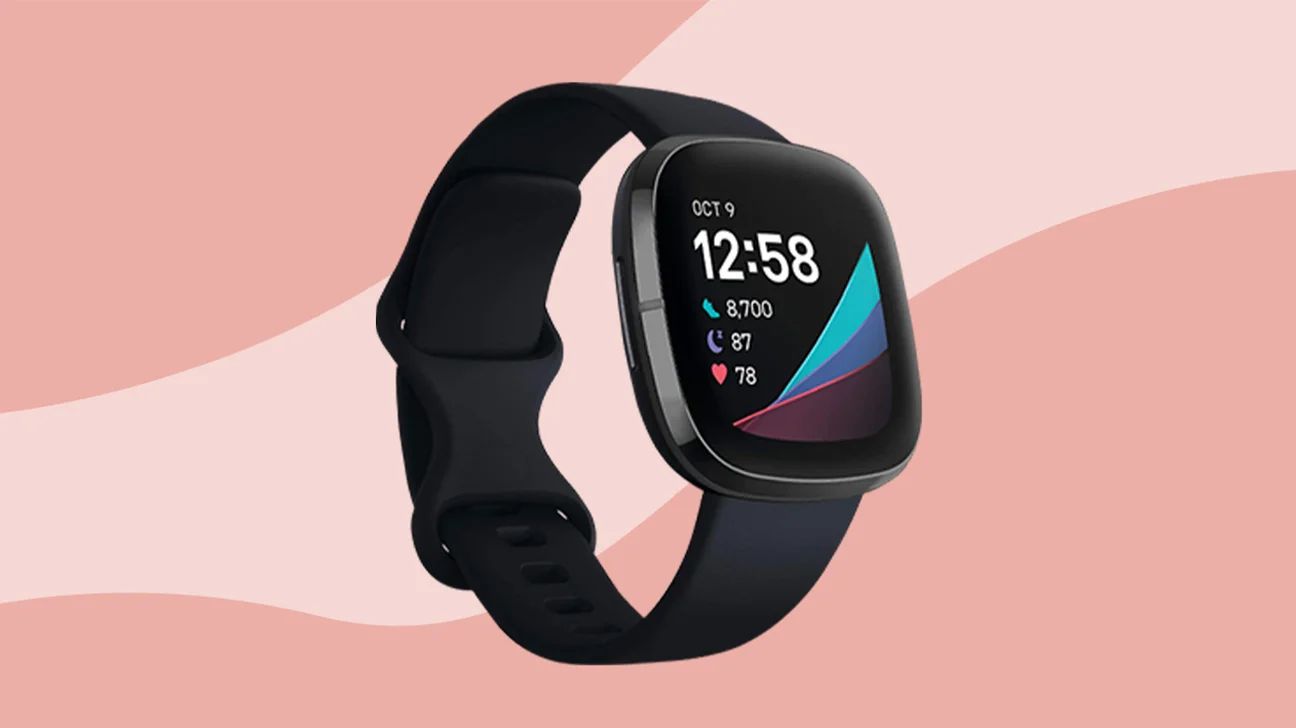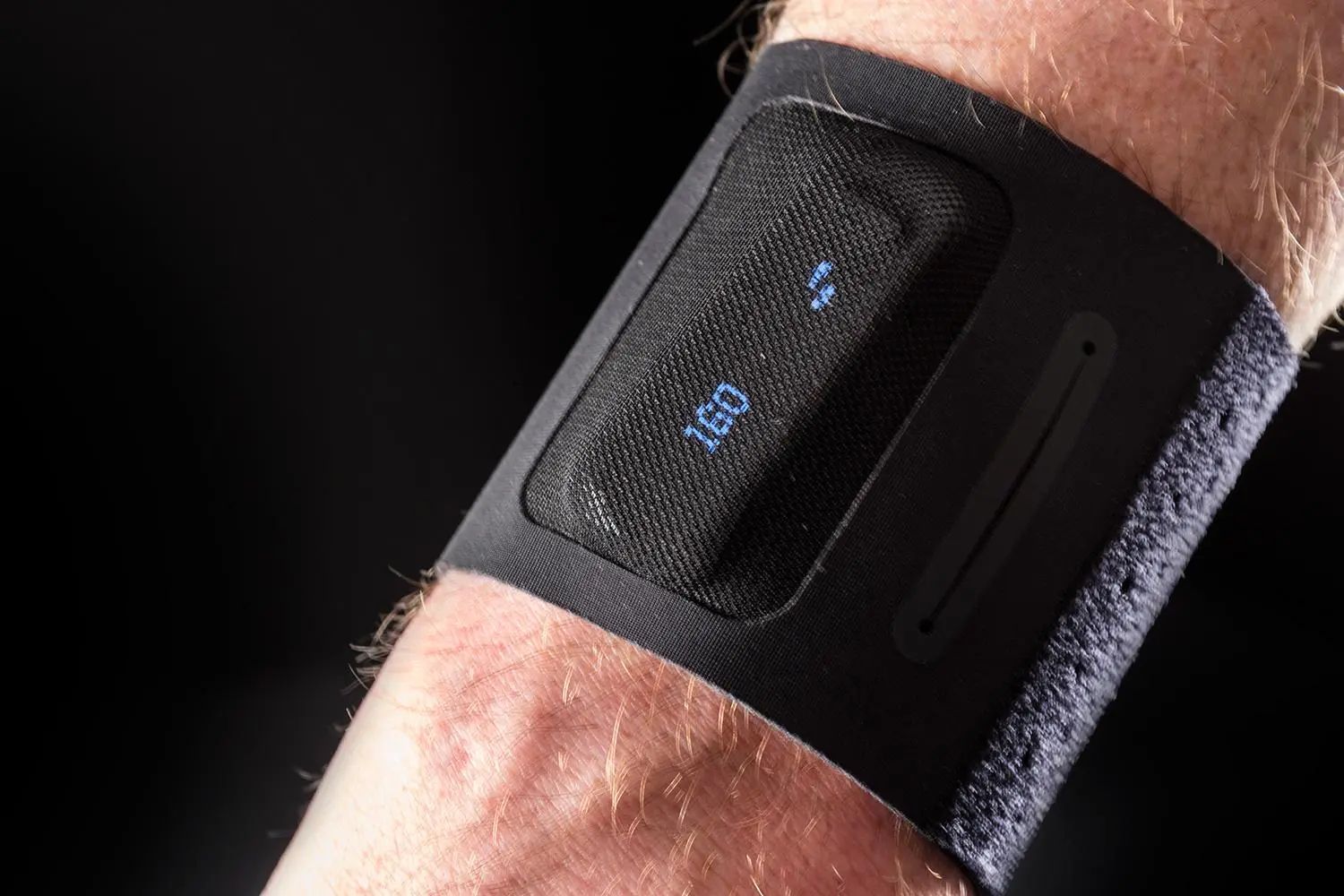Introduction
Wearable technology has revolutionized the way we approach fitness and wellness. Among the myriad of options available, Fitbit has emerged as a leading brand, offering an array of fitness trackers and smartwatches designed to monitor activity, sleep, and overall health. While the features and functionalities of these devices have garnered widespread attention, there is an equally crucial aspect that often goes overlooked – wrist comfort.
The comfort of your Fitbit device on your wrist plays a significant role in your overall experience. After all, if your wearable isn't comfortable to wear, you're less likely to utilize its features to the fullest. Whether you're a fitness enthusiast, a professional striving for work-life balance, or someone simply keen on tracking their daily activity, finding the right fit for your Fitbit is essential for a seamless and enjoyable experience.
In this comprehensive guide, we'll delve into the nuances of wrist comfort when it comes to Fitbit devices. From understanding the factors that contribute to wrist comfort to choosing the right Fitbit model and adjusting the fit for optimal comfort, we'll equip you with the knowledge and insights needed to make the most of your Fitbit while ensuring that it feels like a natural extension of your lifestyle.
Join us as we explore the realm of wrist comfort and discover how the right fit for your Fitbit can elevate your overall well-being and daily routine. Whether you're a seasoned Fitbit user or considering your first foray into wearable fitness technology, this guide is tailored to help you make informed decisions and prioritize comfort without compromising on functionality. Let's embark on this journey to find the perfect fit for your Fitbit, enhancing both your physical well-being and technological experience.
Understanding Wrist Comfort
When it comes to wearable devices, wrist comfort is a crucial factor that significantly impacts the user experience. Fitbit, renowned for its cutting-edge fitness trackers and smartwatches, prioritizes not only advanced technology but also the comfort of its users. Understanding the nuances of wrist comfort is essential for ensuring that your Fitbit feels like a seamless extension of your lifestyle.
The concept of wrist comfort encompasses various elements, including the materials used in the construction of the device's band, the fit of the device on your wrist, and the overall ergonomics of the design. Fitbit offers a range of bands, from classic silicone to woven and leather options, each with its unique texture and feel. These bands are designed to cater to diverse preferences, ensuring that users can find a material that aligns with their comfort needs.
Moreover, the fit of the Fitbit device on your wrist is paramount. A snug yet not overly tight fit is optimal, as it ensures that the device stays in place during daily activities without causing discomfort. Additionally, the ergonomics of the device's design play a significant role in wrist comfort. Fitbit devices are crafted with attention to detail, incorporating curved and streamlined designs that contour to the natural shape of the wrist, minimizing any potential pressure points.
Understanding wrist comfort also involves recognizing individual preferences and sensitivities. Some users may prefer a looser fit to allow for airflow and flexibility, while others may prioritize a secure fit to minimize movement during workouts or daily tasks. Fitbit acknowledges these diverse needs and provides adjustable bands and customizable settings to accommodate a wide range of wrist sizes and preferences.
By comprehending the multifaceted nature of wrist comfort, Fitbit has positioned itself as a brand that not only delivers advanced health-tracking technology but also prioritizes the user's physical comfort. This holistic approach ensures that wearing a Fitbit feels natural and unobtrusive, encouraging users to seamlessly incorporate it into their daily routines without any compromise on comfort.
In the next sections, we will explore how to choose the right Fitbit model and find the perfect fit for your individual comfort needs, further enhancing your wearable technology experience.
Choosing the Right Fitbit Model
Selecting the right Fitbit model is a pivotal step in ensuring optimal wrist comfort and overall satisfaction with your wearable device. Fitbit offers a diverse range of models, each tailored to different lifestyles, preferences, and fitness goals. By understanding the unique features and design elements of each model, you can make an informed decision that aligns with your specific needs.
Fitbit's product lineup includes fitness trackers and smartwatches, catering to a broad spectrum of users. The Fitbit Inspire series, known for its slim profile and essential activity tracking capabilities, is ideal for individuals seeking a discreet and lightweight device that seamlessly integrates into their daily routine. On the other hand, the Fitbit Charge series offers advanced features such as heart rate monitoring and GPS tracking, making it suitable for fitness enthusiasts and those focused on comprehensive health monitoring.
For users desiring a multifaceted smartwatch experience, the Fitbit Versa and Sense models stand out with their vibrant displays, extensive app support, and advanced health tracking features. These smartwatches are designed to deliver a seamless blend of fitness tracking, smart notifications, and personalized insights, appealing to individuals who prioritize both functionality and style in their wearable devices.
Moreover, Fitbit's commitment to diversity is evident in the availability of specialized models such as the Fitbit Ace, tailored for younger users, and the Fitbit Luxe, characterized by its premium design and wellness features. By offering a range of models with distinct attributes, Fitbit ensures that users can find a device that not only aligns with their fitness and health objectives but also complements their personal style and comfort preferences.
When choosing the right Fitbit model for wrist comfort, it's essential to consider factors such as the size and weight of the device, the material and design of the band, and the specific features that resonate with your lifestyle. For instance, individuals with smaller wrists may opt for more compact models, while those with an active lifestyle might prioritize durable and sweat-resistant bands for added comfort during workouts.
By evaluating your daily routine, fitness goals, and style preferences, you can narrow down the options and select a Fitbit model that not only meets your functional requirements but also ensures a comfortable and personalized fit on your wrist. This tailored approach to choosing a Fitbit model contributes to an enhanced user experience, where comfort and functionality seamlessly converge to support your well-being and fitness journey.
In the subsequent sections, we will delve into the specifics of finding the right fit for your chosen Fitbit model, empowering you to optimize wrist comfort and make the most of your wearable technology investment.
Finding the Right Fit
Ensuring that your Fitbit device fits snugly and comfortably on your wrist is paramount for a seamless and enjoyable wearable technology experience. Finding the right fit involves a combination of factors, including the size and design of the device, the adjustability of the band, and personal preferences for wearability.
Fitbit offers a range of band sizes and designs to accommodate diverse wrist dimensions and style preferences. Whether you opt for a classic silicone band, a woven option, or a leather band, it's essential to select a material that not only aligns with your aesthetic preferences but also offers the desired level of comfort. The texture, flexibility, and breathability of the band material contribute to how the device feels on your wrist throughout the day, making it crucial to consider these aspects when finding the perfect fit.
Moreover, the adjustability of the band plays a pivotal role in achieving optimal comfort. Fitbit devices feature interchangeable bands and customizable settings, allowing users to fine-tune the fit according to their wrist size and comfort preferences. Whether you prefer a snug fit during workouts or a looser fit for everyday wear, the ability to adjust the band ensures that your Fitbit feels tailored to your individual comfort needs.
When assessing the fit of your Fitbit, consider the positioning of the device on your wrist. The optimal placement ensures that the sensors and display are positioned comfortably, facilitating seamless interaction and accurate tracking. Additionally, paying attention to potential pressure points and ensuring that the band does not dig into the skin during prolonged wear is essential for long-term comfort and wearability.
Furthermore, understanding the significance of a secure yet comfortable fit during physical activities is crucial. Whether you're engaging in workouts, outdoor adventures, or everyday tasks, your Fitbit should stay in place without causing discomfort or hindering movement. By finding the right balance between a secure fit and unrestricted wearability, you can ensure that your Fitbit seamlessly integrates into your active lifestyle while prioritizing comfort.
By considering the size, design, adjustability, and wearability of the band, you can find the right fit for your Fitbit, enhancing both the comfort and functionality of your wearable device. This tailored approach to achieving wrist comfort ensures that your Fitbit becomes an indispensable companion, seamlessly accompanying you through every step of your wellness journey.
Adjusting the Fit for Comfort
Achieving optimal comfort with your Fitbit involves more than just selecting the right band and size. The ability to adjust the fit according to your preferences and daily activities is a key element in ensuring that your wearable device feels like a natural extension of your lifestyle. Fitbit devices are designed with versatility in mind, offering various adjustment options to customize the fit and enhance overall comfort.
One of the primary methods of adjusting the fit for comfort is through the interchangeable bands provided by Fitbit. These bands come in different sizes and styles, allowing users to swap them out based on their wrist size and the level of comfort they seek. Whether you prefer a sleek silicone band for active pursuits or a stylish woven band for everyday wear, the ability to switch between bands enables you to adapt the fit to different occasions and personal preferences.
Additionally, Fitbit devices feature adjustable clasps or buckles, providing further flexibility in achieving the perfect fit. By fine-tuning the closure of the band, you can ensure that your Fitbit stays securely in place without feeling too tight or restrictive. This adjustability is particularly beneficial during workouts or intense activities, where a secure yet comfortable fit is essential for uninterrupted movement and accurate tracking.
Furthermore, the orientation of the device on your wrist can be adjusted to optimize comfort and usability. Fitbit's ergonomic designs allow for easy positioning, ensuring that the sensors and display align comfortably with your wrist anatomy. This thoughtful approach to device placement minimizes potential pressure points and enhances the overall wearability of the Fitbit, contributing to a comfortable and unobtrusive user experience.
For individuals with specific comfort preferences or unique wrist dimensions, Fitbit offers additional accessories such as extender bands and alternative fastening options. These accessories cater to diverse needs, ensuring that every user can fine-tune the fit of their Fitbit to achieve personalized comfort and wearability.
By leveraging the adjustability features inherent in Fitbit devices, users can tailor the fit to their individual comfort needs, making the wearable technology seamlessly integrate into their daily lives. This adaptability not only enhances comfort but also encourages consistent usage, allowing users to harness the full potential of their Fitbit while prioritizing their physical well-being and comfort.
Incorporating these adjustment options into your Fitbit usage empowers you to optimize comfort and wearability, ensuring that your device remains a valuable companion throughout your wellness journey. Whether you're engaging in vigorous workouts, navigating daily tasks, or simply embracing a more active lifestyle, the ability to fine-tune the fit of your Fitbit contributes to a comfortable and personalized wearable technology experience.
Conclusion
In the realm of wearable technology, prioritizing wrist comfort is paramount for ensuring a seamless and enjoyable user experience. Fitbit, a prominent player in the wearable fitness industry, not only offers advanced health-tracking features but also places a strong emphasis on the comfort and wearability of its devices. As we conclude our exploration of wrist comfort and the quest for the perfect Fitbit fit, it becomes evident that the convergence of technology and comfort is pivotal in enhancing overall well-being and user satisfaction.
By delving into the nuances of wrist comfort, we've uncovered the multifaceted elements that contribute to a comfortable Fitbit experience. Understanding the materials, fit, and ergonomics of the device's design has provided valuable insights into the holistic approach that Fitbit adopts to prioritize user comfort. This comprehensive understanding empowers users to make informed decisions when selecting a Fitbit model and customizing the fit to align with their individual comfort needs.
Choosing the right Fitbit model emerges as a crucial step in the pursuit of wrist comfort. Fitbit's diverse range of fitness trackers and smartwatches caters to a broad spectrum of users, ensuring that individuals can find a device that seamlessly integrates into their lifestyle while prioritizing comfort. The tailored features and designs of each model enable users to align their fitness and wellness goals with their comfort preferences, fostering a personalized and enjoyable wearable technology experience.
Furthermore, finding the right fit for a Fitbit device involves a meticulous consideration of band materials, adjustability, and wearability. Fitbit's commitment to offering interchangeable bands, adjustable closures, and ergonomic designs empowers users to fine-tune the fit according to their daily activities and personal comfort preferences. This adaptability ensures that wearing a Fitbit feels natural and unobtrusive, encouraging consistent usage without compromising on comfort.
The ability to adjust the fit for comfort further exemplifies Fitbit's dedication to enhancing the user experience. By providing versatile adjustment options and additional accessories, Fitbit enables users to customize the fit of their devices, ensuring that they remain comfortable and supportive throughout various activities and daily routines. This adaptability not only fosters comfort but also encourages prolonged usage, allowing users to harness the full potential of their Fitbit while prioritizing their physical well-being.
In conclusion, the pursuit of wrist comfort when it comes to Fitbit devices transcends the traditional boundaries of wearable technology. It embodies a harmonious blend of advanced features and personalized comfort, empowering users to seamlessly integrate fitness tracking and wellness monitoring into their daily lives. As technology continues to evolve, the emphasis on wrist comfort and personalized fit remains at the forefront of Fitbit's mission, ensuring that users can embark on their wellness journeys with confidence, comfort, and unwavering support.







